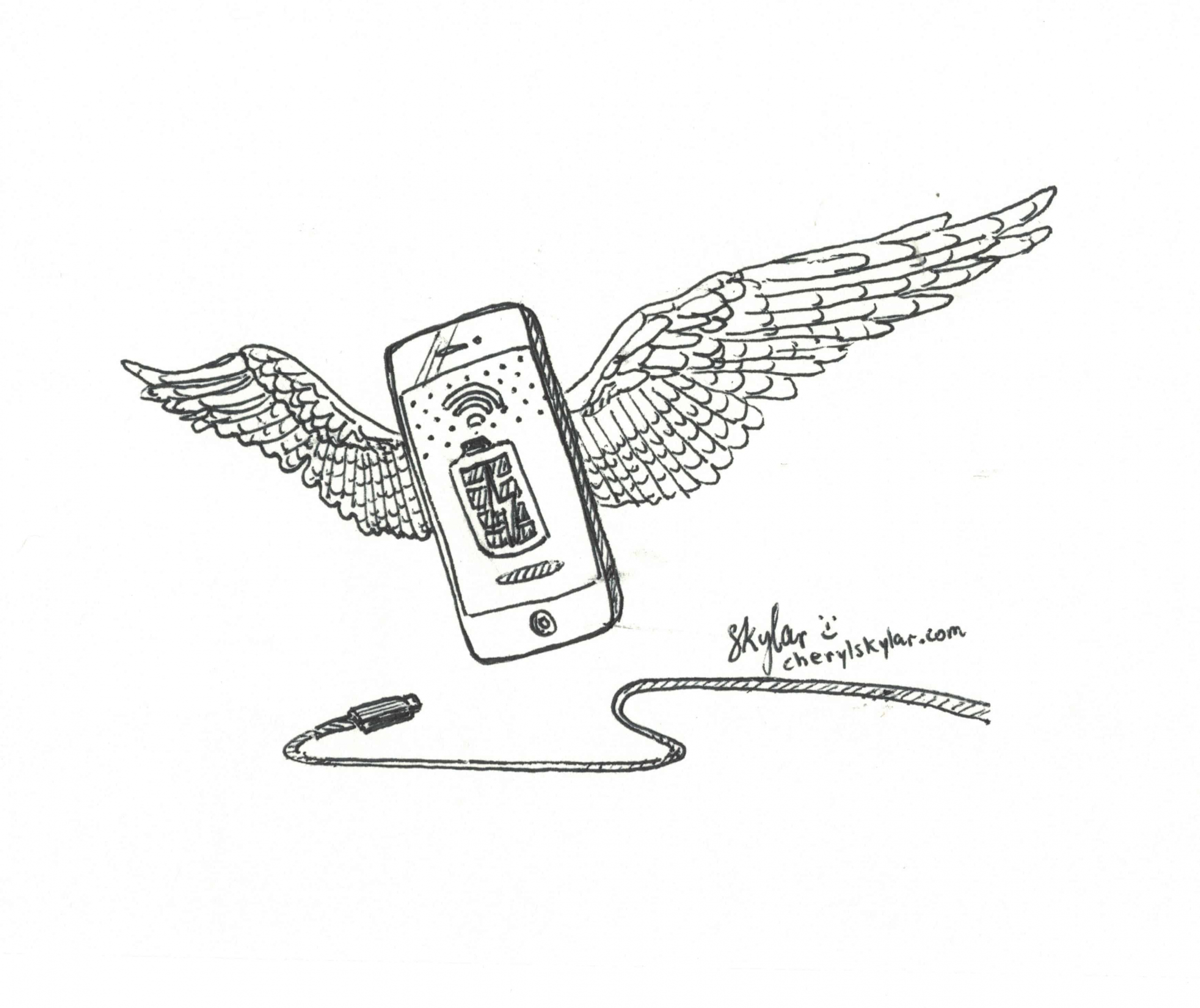Dr. Peter W. Lehn, a professor in the Department of Electrical & Computer Engineering, and Master of Applied Science graduate Kyle Muehlegg have applied for a patent on an electrical storage system that aims to reduce wasted electrical power.
Canada consumes a lot of energy
Canada consumed just under 500 billion kilowatt-hours of electricity in 2015, which is enough to operate a washing machine for billions of years.
Our voracious energy consumption varies with the season and time of day — air conditioning typically isn’t on in the winter, and ovens typically aren’t baking overnight.
This variation creates electrical grid inefficiencies, as power plants continually operate at steady power outputs, often in excess of demand. For example, according to Natural Resources Canada, nearly 11 per cent of the electricity produced nationally is surplus that ends up being exported to the United States.
A solution to this problem is to convert the excess electricity into another form of energy and store it for future use. Depending on how long the energy can be stored, this could yield great returns with regard to sustainability and cost effectiveness.
At present, only a marginal amount of the world’s energy is stored in this way. In 2016, only 12 megawatts of energy storage was in use in Canada. Yet the power plants at Niagara Falls could output around 4,900 megawatts, which is enough power for 3.8 million homes.
How to manage energy through battery monitoring
Energy can be siphoned off the grid and stored in different ways. Among the most efficient methods is a battery energy storage system (BESS). Electrochemical energy storage can be tapped quickly to respond to sudden changes in consumer demand.
Lehn and Muehlegg’s patent is for a structural modification to BESS devices that would reduce some frequently encountered problems.
One such problem is overcharging, a process that for some varieties of lithium-ion batteries, including common AA and AAA batteries, can lead to the emission of toxic carbon monoxide gas, permanent structural deformation, or even combustion.
Lehn and Muehlegg’s invention acts as a self-correcting “autonomous energy management method” by taking in information about the battery’s level of charge and using it to adjust the voltage across the BESS. As the batteries charge, the power they receive slowly decreases, shutting off completely at full charge. Electricity storage restarts once the batteries are in use.
The patent’s functionality also kicks in when batteries are put to use. When it is incorporated into electrical grids connecting multiple batteries, it helps to distribute the energy demand proportionally according to each battery’s level of charge.
The power generated is far more consistent in voltage than any grid without such a distribution method, and that makes for a more steady supply of power for customers.
This process also acts locally on the BESS itself and does not require a large-scale digital system to evaluate data before making voltage adjustments.
“The philosophy we take is that the core functionality that must be there to operate should not be dependent on telecommunications infrastructure,” said Lehn in an interview with The Varsity.
Further applications
Lehn and Muehlegg’s patent is also versatile. It can be applied to any small grid that uses direct current electricity, regardless of how the electricity is generated, how many batteries are in use, or the actual operating power of the grid itself. As a result, sustainable energy grids for solar or wind energy are compatible with the patent.
Sustainable energy management is especially important since such grids often have several different energy storage mechanisms running at once.
Lehn also raised the possibility of having a storage unit at home. With a private storage system, tools like a charging station for an electrical vehicle could be added to one’s garage and powered locally. Any remaining energy could be stored or sold to the main grid and shared with others.
A common appliance that would be well-suited to local batteries is the air-conditioning unit. Air conditioners run on direct current, forcing them to convert the alternating current received from the main grid with a built-in converter.
When summer rolls around air-conditioning units could be operated directly from the battery itself. As air-conditioning usage and solar generation peak together in the summer, it would be possible to stay cool and stay green at the same time.
Lehn offered a vision for a sustainable future, including reduced dependence on the main electrical grid in favour of power from homegrown rooftop solar panels. “[You would be] able to locally, at least to a certain extent, balance your load with your own local generation,” Lehn said.
As of press time, the patent application status is pending in the United States.


